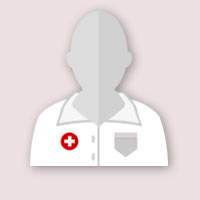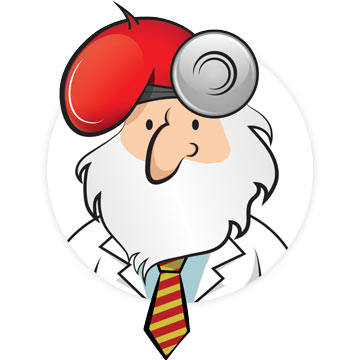Back Pain
The spine is the main support for the human body and provides protection for the spinal cord. It is comprised of 33 vertebrae that permit you to maintain an upright position as well as bend. There are three regions of the spine: the cervical or neck area, the thoracic or chest area and the lumbar or lower back area. The sacral and coccyx areas make up the bottom of the spine.
About 80% of adults will suffer significant back pain at some time in their lives due to an injury at work, at home or at play. Back pain and medical spine problems can be caused by:
- Mechanical difficulties when you move your spine in a specific manner
- Injuries such as a sprain or fracture
- Conditions such as arthritis or scoliosis
- Infections or tumors
Doctors generally diagnose spine problems by:
- Physical examination
- Diagnostic tests (such as x-rays, bone scan, CAT scan, MRI, arthroscopy, and biopsy)
- Medical History
Conservative forms of treatment will generally be the first line of defense against most forms of back pain. This may include medication to reduce pain, such as aspirin and acetaminophen, or medication to reduce swelling and inflammation, such as ibuprofen and nonsteroidal anti-inflammatory drugs (NSAIDs). Physical therapy is often effective, with patients practicing exercises to improve flexibility and strength. In addition, lifestyle changes may be recommended, including those that will lead to the maintenance of a healthy body weight.
Additional Resources
- MedlinePlus
- National Institutes of Health
- Centers for Disease Control and Prevention
- Eunice Kennedy Shriver National Institute of Child Health and Human Development
- U.S. Department of Health & Human Services
- U.S. National Library of Medicine
- WebMD
Copyright © 2013 - 2025 Da Vinci Interactive Webservices, Inc.
All Rights Reserved.
Content presented on this website is for general information only. The healthcare provider | Marshall Webster D.C. | is not responsible for any content selection, or any errors, inconsistencies, or outdated information.

 change health information topics, accept appointments and more!
change health information topics, accept appointments and more!